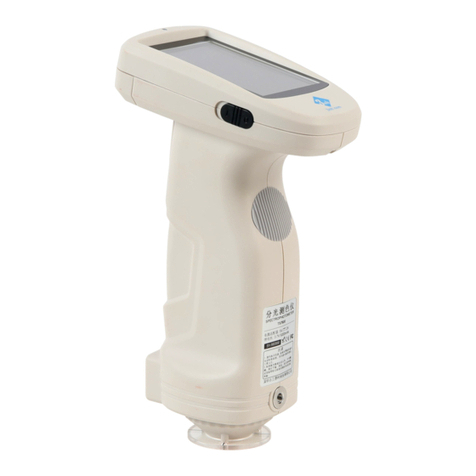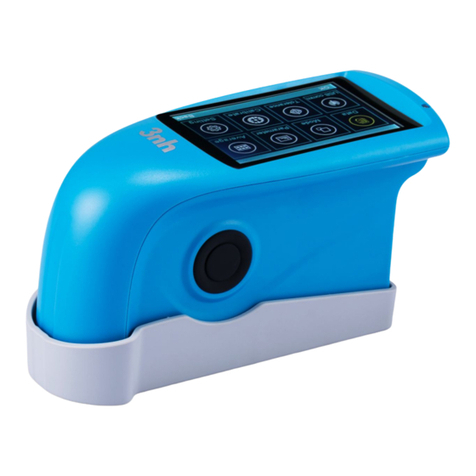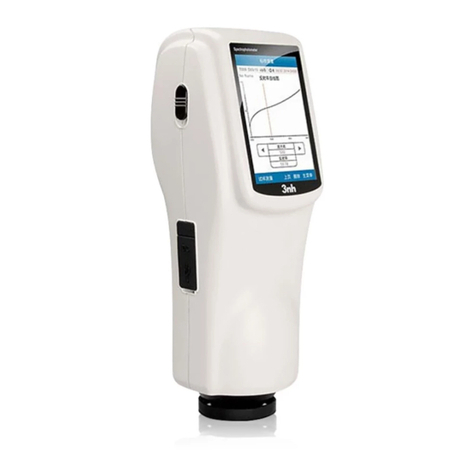
Content
Introduction....................................................................................1
Cautions.........................................................................................1
1 External Structure Description.......................................................2
2 Operating Instruction................................................................... .3
2.1 Turning On/Off...........................................................................3
2.2 Calibration................................................................................4
2.2.1 Calibration..........................................................................4
2.2.2 Change Calibration Value.....................................................5
2.3 Measurement............................................................................5
2.3.1 Basic Mode.........................................................................6
2.3.2 Statistical Mode...................................................................8
2.3.3 Continuous Mode...............................................................10
2.4 Connecting to PC......................................................................11
2.5 Print........................................................................................12
3 System Function Description .......................................................12
3.1 Data Management....................................................................12
3.1.1 Check Record....................................................................12
3.1.2 Delete Record...................................................................17
3.2 Mode Selection........................................................................18
3.3 Mode Parameter......................................................................18
3.3.1 Average Measure under Basic Mode ...................................19
3.3.2 Statistical Mode Parameter.................................................20
3.3.3 Continuous Mode Parameter...............................................22
3.4 Angle Selection........................................................................23
3.5 Tolerance Setting ....................................................................23
3.6 Function Setting ......................................................................24
3.6.1 Auto Save.............................................................................24
3.6.2 Time Setting.........................................................................25
3.6.3 Language Setting..................................................................25
3.6.4 Backlight Time......................................................................25
3.6.5 Backlight Brightness.............................................................25
3.6.6 Operation Habit.....................................................................26
3.6.7 Buzzer Switch.......................................................................26
3.6.8 Restore Factory Settings.......................................................26
4 Routine Maintenance .................................................................27
5 Technical Specifications..............................................................28

































